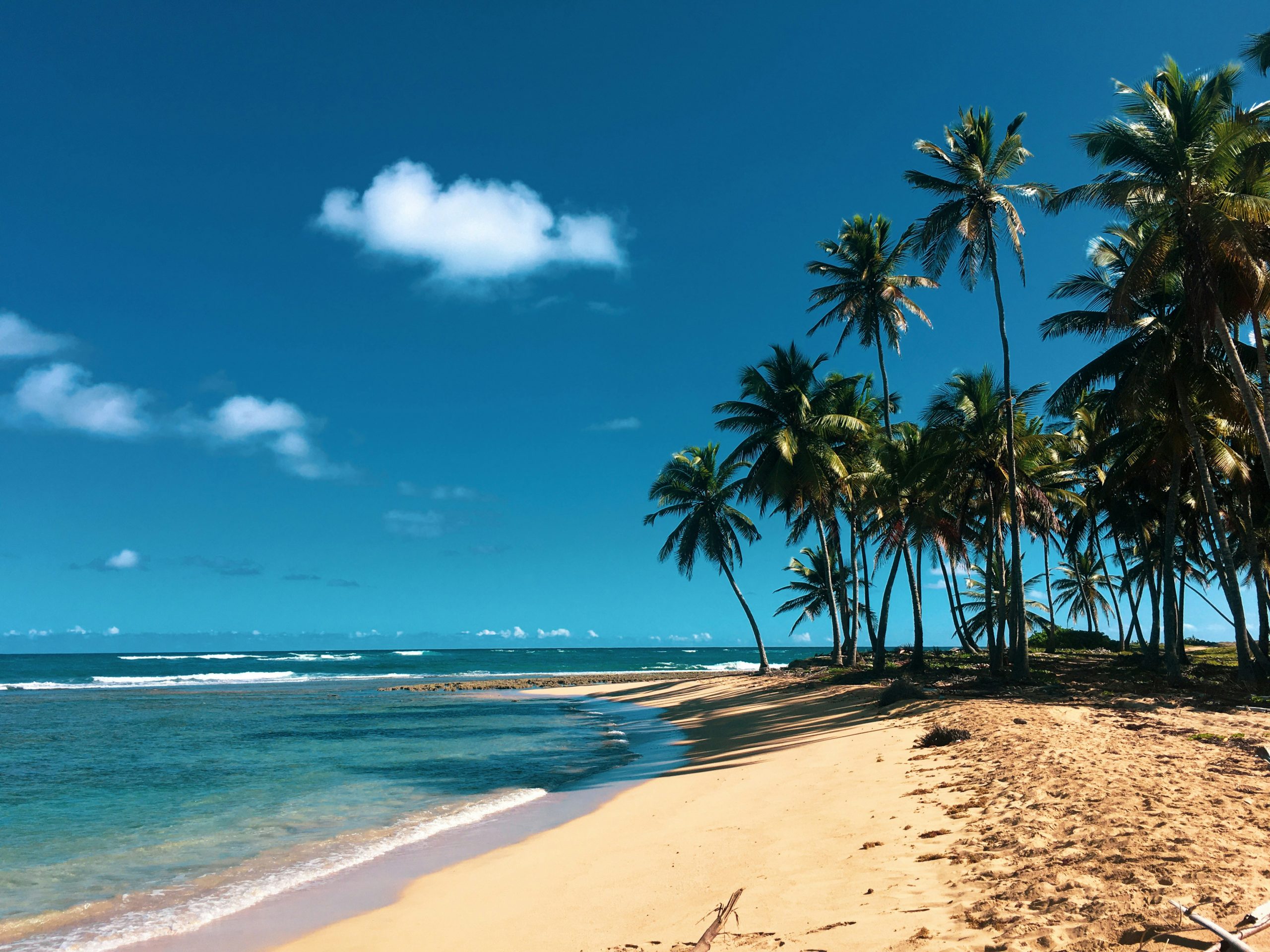Dominican Republic tourism: Millennials, Gen Z, and Boomers drive potential

Santo Domingo.- The Dominican Republic’s tourism industry is undergoing a significant shift, with a growing demand for urban destinations and unique experiences. According to national authorities, by 2024, 49% of trips will be to urban areas, 56% to outside the city, and 63% to the beach. This diversification is expected to boost the country’s competitiveness in the tourism market.
A key factor driving this change is the spending habits of Generation Z, born between 1995-2000, who prioritize saving money on flights, shopping, and food. Unlike older generations, 52% of Gen Z spend their money on experiences, compared to 29% of baby boomers.
According to Acento, millennials take five trips per year and allocate 29% of their income to tourism, significantly more than both boomers and Gen Z. The data suggests that younger generations are more likely to prioritize travel and exploration.
In May 2024, the country welcomed 846,735 non-resident foreigners, with 677,475 visitors arriving through traditional channels and 169,260 via cruise ships. This marks a significant increase from the previous period, with 5,026,990 visitors counted between January and May 2024.
The majority of tourists arrived through Punta Cana International Airport (61%), followed by Las Américas (22%) and Cibao (10%). The United States remains the largest market for the Dominican Republic’s tourism industry, accounting for 53% of non-resident visitors, followed by Canada (11%) and Colombia (5%).
When it comes to spending habits, tourists from Western Europe lead the way, with an average expenditure of US$158 per capita. South Asia and Eastern Europe follow closely behind, with expenditures of US$128 and US$88 respectively. In contrast, tourists from Southeast Asia spend the least in the Dominican Republic, with an average expenditure of US$72.
Non-resident foreigners typically stay in the country for seven days, with popular destinations including La Altagracia, Santo Domingo, and Puerto Plata. As the tourism industry continues to evolve, the Dominican Republic is well-positioned to capitalize on these changes and attract even more visitors in the years to come.

















